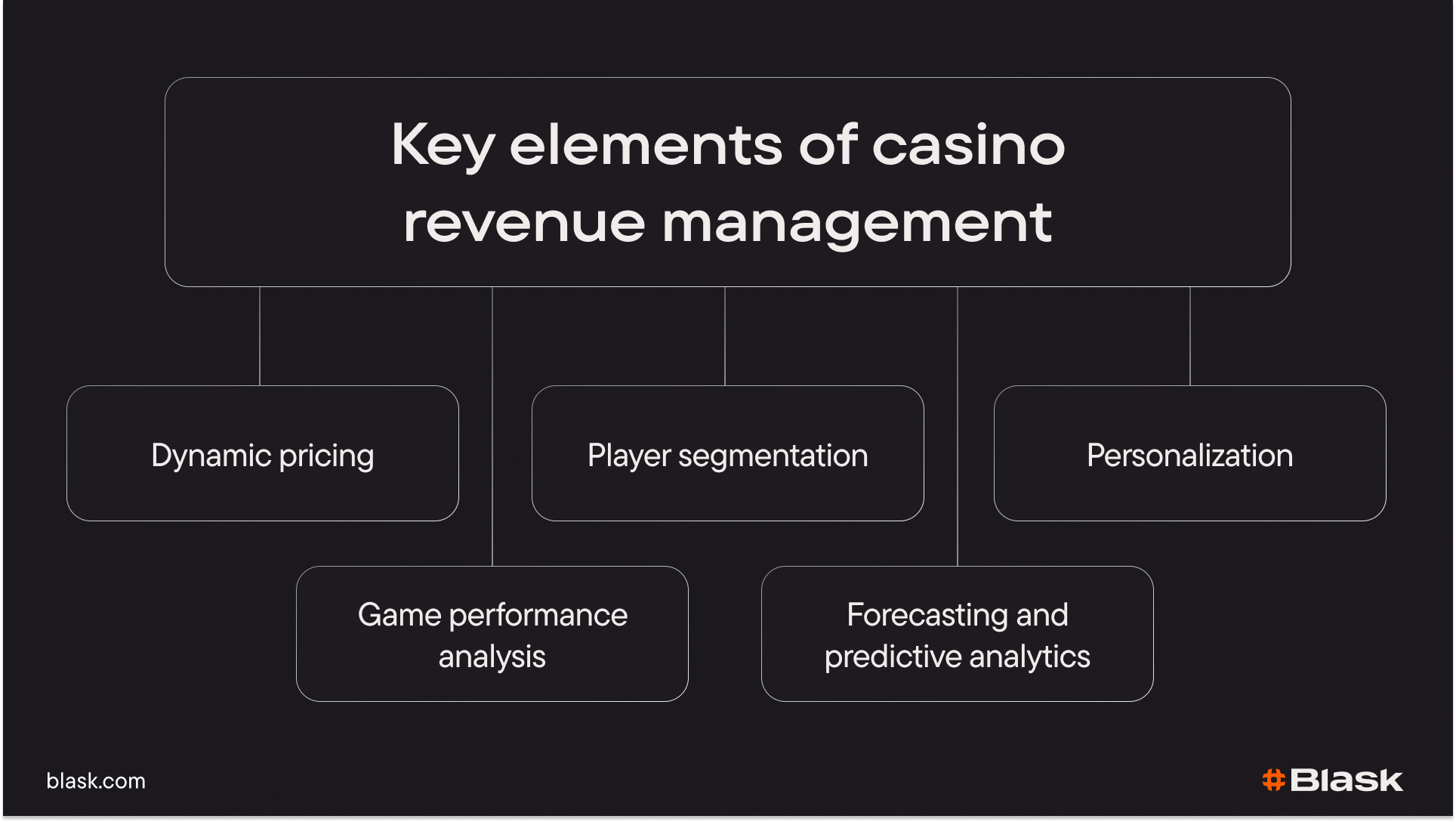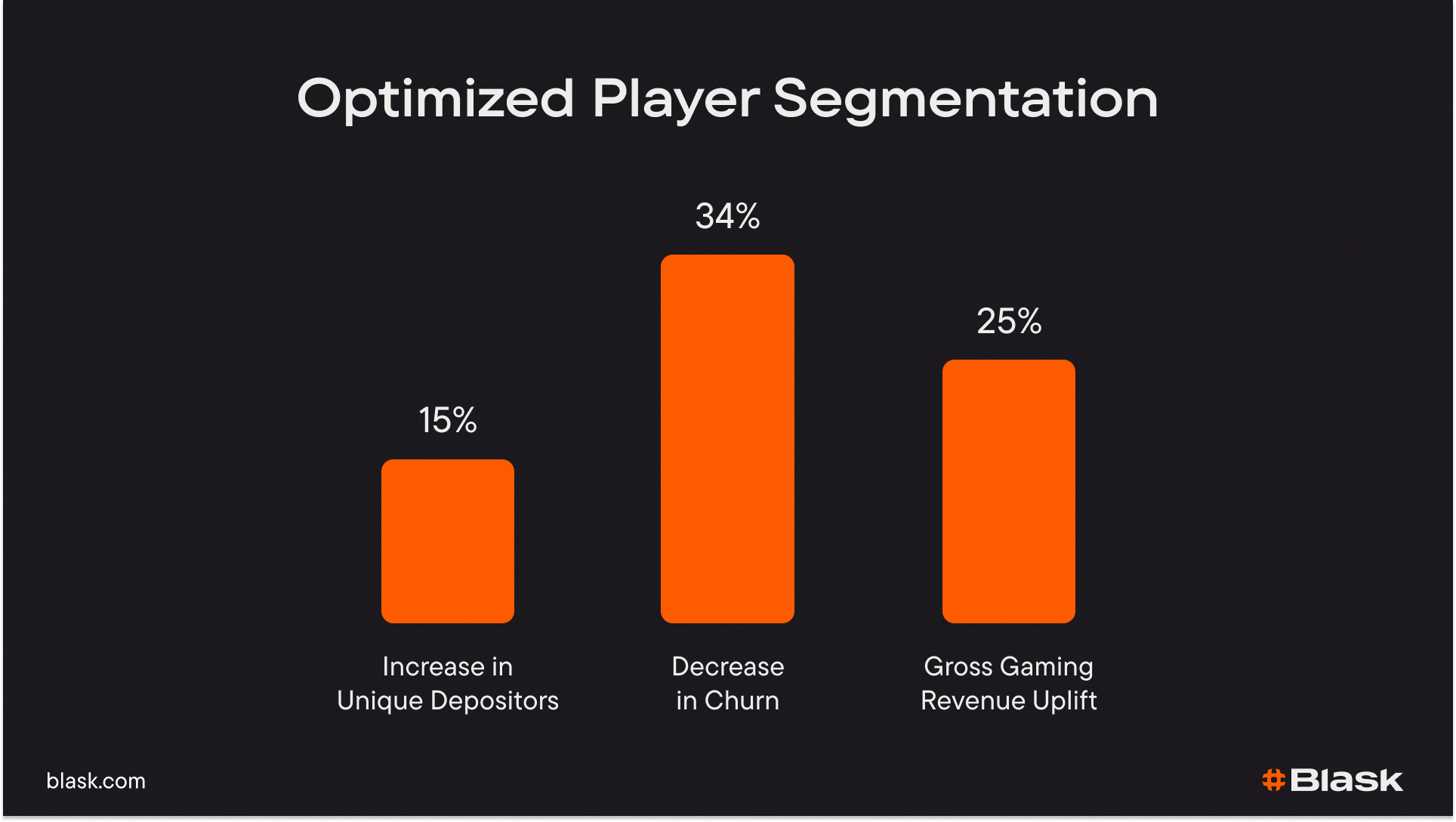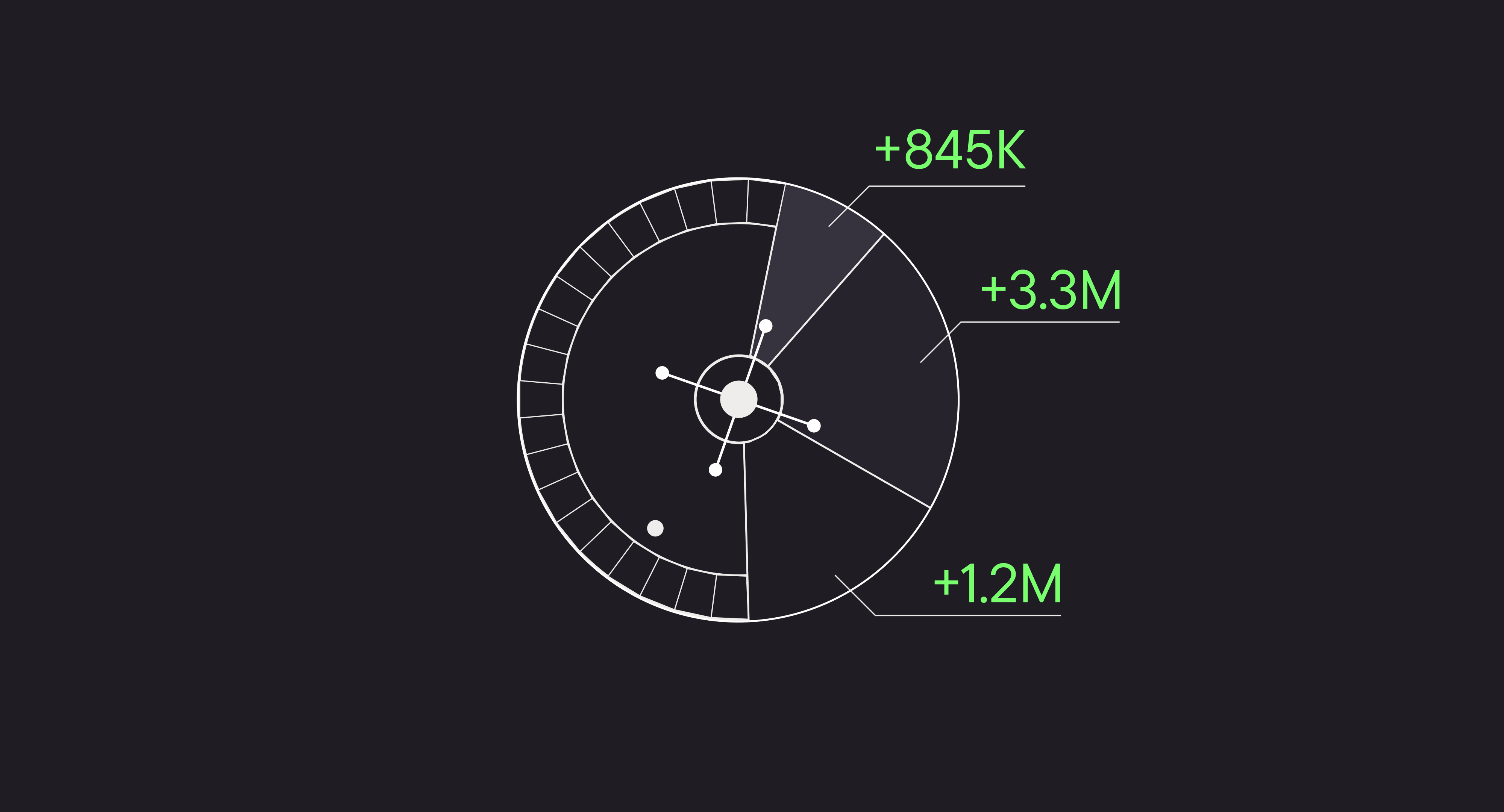Data has always been an essential aspect of the casino industry, but the sheer volume generated today, combined with advances in data analytics, is changing the landscape of casino revenue management. From tracking player behavior to optimizing game performance and predicting future trends, data analytics plays a pivotal role in how casinos strategize and maximize their profits.
In this comprehensive guide, we’ll explore how data analytics transforms casino revenue management, and how platforms like Blask empower casinos to stay ahead of the curve with AI-driven insights.
What is casino revenue management?
Casino revenue management refers to the application of analytics to predict consumer behavior, optimize product availability, and ultimately maximize revenue. It involves monitoring player activity, adjusting pricing and promotions, and forecasting demand based on historical and real-time data. With the rise of advanced AI and data analytics, casinos now have a more granular understanding of player behavior and market dynamics, enabling them to make smarter, data-driven decisions.
Key elements of casino revenue management:
To get a clearer picture, here are the core elements of modern casino revenue management:
- Player segmentation: Identifying and categorizing players based on their value, preferences, and behaviors.
- Game performance analysis: Tracking the performance of various games and adjusting game availability or positioning accordingly.
- Forecasting and predictive analytics: Using historical and real-time data to predict future trends, enabling more proactive decisions.
- Personalization: Tailoring player experiences to individual preferences based on data insights, ensuring a higher level of engagement and satisfaction.

How data analytics transforms casino revenue management?
Data analytics takes traditional casino operations to a new level, offering more precise and actionable insights. Here’s how it transforms various aspects of revenue management:
1. Optimized player segmentation.
Player segmentation is the cornerstone of casino marketing strategies. Data analytics enables casinos to move beyond basic demographic profiling and delve into more meaningful behavioral segmentation. This means grouping players based on patterns in their gaming habits, spending behaviors, and responses to promotions.
For instance, casinos can identify high-value players who regularly spend significant amounts on games and tailor VIP offers specifically for them. At the same time, data can help identify at-risk players who haven’t visited recently, enabling targeted campaigns to re-engage them.
Blask’s Estimated First-Time Deposits (eFTD) is an excellent tool for predicting player acquisition. This AI-driven metric estimates the expected number of first-time deposits for a casino, allowing operators to fine-tune their marketing efforts and improve player retention. It doesn’t just provide a raw number but offers insights into trends, helping casinos compare their performance against the market average.
Benefits of enhanced player segmentation:
- Targeted marketing efforts
- Higher return on investment (ROI) on promotional campaigns
- Increased player retention and lifetime value
- Better allocation of resources to high-value customers

2. Predictive analytics for revenue forecasting and dynamic pricing.
Predictive analytics takes historical data, combines it with real-time inputs, and produces forecasts that help online casinos make informed decisions. For instance, during a busy holiday season or major sports event, online casinos may want to adjust their pricing or offer special promotions.
With predictive analytics, online casinos can:
- Forecast peak gaming hours and plan staffing and resources accordingly.
- Dynamically adjust game prices and bonuses based on demand forecasts.
- Optimize pricing for events or promotions that align with forecasted increases in player numbers.
Blask’s Year-on-Year (YoY) and Month-on-Month (MoM) Growth metrics are incredibly useful here. By tracking growth trends, casinos can anticipate seasonal trends, prepare for surges, and adjust marketing strategies to match customer activity patterns. For example, if the data shows that player activity peaks during the winter holidays, casinos can boost promotions during that time to capture the demand.
Benefits of predictive analytics and dynamic pricing:
- Maximized revenue during peak times
- Improved resource allocation (e.g., staffing, marketing)
- Better forecasting of high-demand periods
- More personalized offers for players based on their predicted preferences
3. Real-time game performance analysis.
Not all games generate equal revenue, and it’s crucial for casinos to know which games are top performers and which ones are underperforming. Data analytics enables real-time game performance analysis, giving operators the tools to adjust their game offerings dynamically.
Key metrics for game performance:
- Revenue per game
- Player dwell time on each game
- Popularity and frequency of game selection
- Average bets per game

With this data, casinos can optimize their gaming offerings, ensuring that high-demand games are front and center, while less popular games are adjusted or replaced.
4. Personalization and player experience enhancement.
Today’s casino visitors expect more personalized experiences. From tailored game recommendations to customized promotional offers, personalization is key to enhancing player engagement and satisfaction. Data analytics makes this possible by analyzing individual player behaviors and preferences, allowing casinos to deliver highly personalized interactions.
Casinos can analyze data from loyalty programs, player interactions, and gaming habits to create personalized marketing campaigns, such as offering bonuses to frequent players on their favorite games. Personalization increases player satisfaction, leading to longer visits, higher spending, and improved loyalty.
Blask’s suite of tools supports this personalization by providing insights into individual player behavior and segmenting players by different countries. Casinos can use these insights to craft experiences that resonate with each player segment, ultimately leading to greater customer loyalty and higher revenues.
Benefits of personalization:
- Increased player engagement and loyalty
- Higher spend per visit
- Enhanced player satisfaction and overall experience
- Competitive advantage through unique, tailored offers
5. Competitor benchmarking and market positioning.
Understanding how your casino is performing relative to competitors is vital in such a competitive industry. Blask helps operators track their brand’s Relative market share and compare it to competitors. This real-time data provides insights into market dynamics, helping casinos adjust their strategies to stay ahead of the competition.
The main metric Blask Index serves as a leading indicator for market trends by analyzing search volumes and public data to gauge the market size and the strength of individual brands. If your competitors are gaining market share, this could signal the need to revamp marketing efforts or introduce new promotional strategies.

Benefits of competitor analysis:
- Real-time tracking of competitor performance
- Benchmarking your casino’s growth against the market
- Identifying emerging trends before competitors
- Adapting strategies to maintain or grow market share
Blask: empowering data-driven decisions in iGaming.
Blask is at the forefront of AI-driven analytics for the iGaming industry. Its suite of tools provides casino operators with the insights they need to optimize revenue management, player acquisition, and game performance. Here’s how Blask empowers operators:
- Blask Index: A comprehensive, real-time metric that tracks market volume changes, allowing operators to compare countries, brands, and even individual games.
- eFTD: Predicts first-time deposits based on historical trends and AI models, enabling more precise marketing efforts.
- eGGR: Provides an estimate of gross gaming revenue, allowing casinos to optimize their game offerings.
- Casino Competitor Tracking: Helps casinos monitor competitors’ performance and adjust their strategies in real-time.
Blask’s tools offer a real-time, data-driven compass that guides casino operators through the complexities of revenue management, helping them make informed decisions that drive growth and profitability.
The future of casino revenue management.
The future of casino revenue management is firmly tied to data analytics. As AI models become more advanced, casinos will have even more precise tools for forecasting demand, optimizing game floors, and personalizing the player experience.
Blask is at the cutting edge of this revolution, using real-time data and AI-driven insights to help casinos maximize revenue and stay competitive. In a world where data is the new currency, having the right tools to interpret and act on that data is more critical than ever.
Conclusion.
Data analytics is transforming the way casinos manage revenue. From predictive analytics and game performance tracking to personalized player experiences and competitor benchmarking, the benefits of data-driven decision-making are clear. Tools like Blask provide the insights that casino operators need to optimize their operations, boost player engagement, and increase profits. In this competitive industry, the ability to interpret and act on real-time data is no longer a luxury—it’s a necessity for success.
